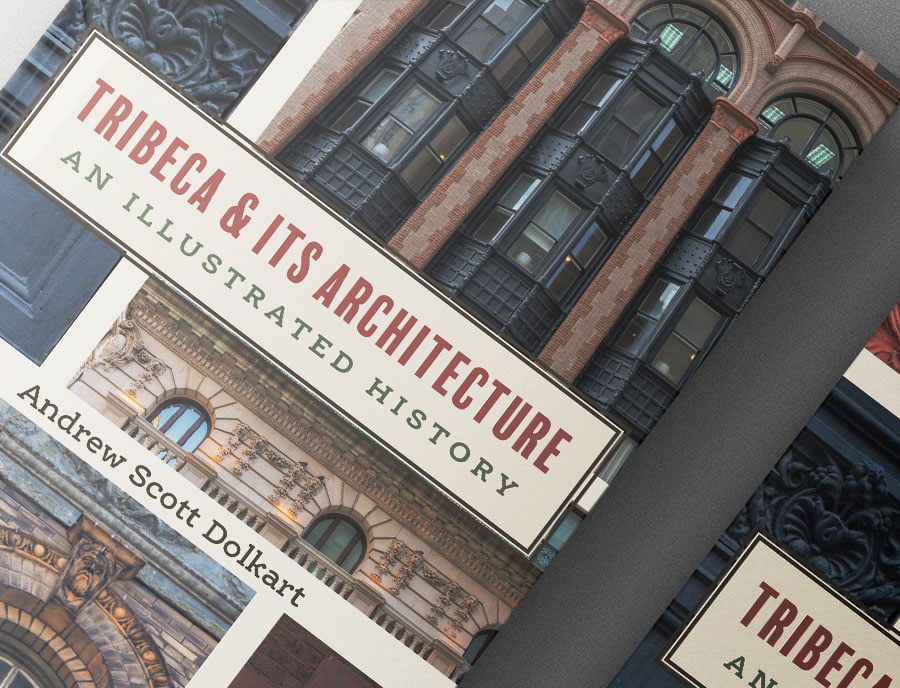The Mayor and City Planning have been trying to rush through ill-considered zoning changes that are dressed up in a pretty package covered with affordable housing ribbons and sparkly bows about housing for senior citizens. But open up the pretty package and you see an effort to get rid of hard-won contextual zoning districts. Contextual zones protects (barely) much of Tribeca and many other historic neighborhoods from out-of-scale construction. And there is also a strange proposal in the package to chuck the Jane Jacobs idea of respecting the street wall. And there is also a proposal to raise height limits, when what we actually need are height restrictions!) There is lots of candy in this proposal for developers, but none the residents of human-scaled neighborhoods need.
There was a protest rally at City Hall on March 25 (attended by about 200 people). The participants then streamed into a City Planning hearing to explain to City Planning the many criticisms of the proposed zoning changes. It was organized by the Greenwich Village Society for Historic Preservation and Landmarks West!.
Tribeca Trust whipped up some testimony which is copied below. Lynn Ellsworth presented it.
Re: Testimony regarding “Zoning for Quality and Affordability Proposal”
I am Lynn Ellsworth speaking on behalf of Tribeca Trust, a civic organization that seeks better stewardship of our historic assets and public places. I second the fair-minded objections to this proposal that have been made by other groups here today, although I do support the idea of eliminating parking requirements for new construction. Because of that I will stay away from detailed criticisms of the zoning proposal and instead offer short testimony about process. But first, two general comments on the scoping document under review. One: unfortunately the document reads as if it were written by a diabolical committee composed of Edward Glaeser, REBNY lobbyists, and maybe their collective PR firm. That is not a compliment. Second, the proposed socio-economic analysis is feeble in the extreme – it proposes nothing to measure the inter-generational economic impact of damaging New York’s historic neighborhoods, be they officially designated or not.
This criticism does not mean Tribeca Trust is opposed to changing zoning. We are not opposed. But our point of view and our diagnosis about what is wrong with zoning are very different that what is found in the current proposal. We ask that our take on zoning also be reflected in what comes out of City Planning. What is that take? It’s simple. We are residents of a historic, human-scaled neighborhood that the existing code has already completely failed. The sad truth is that the beauty and architectural integrity of our historic neighborhood is being ruined by developers who are over-building luxury condos with tax abatements that we are paying for. They are sacking rent-stabilized, historic buildings in the doing. They are also demolishing historic properties and building non-contextual high-rises that nobody we know actually needs.
Yet we understand that the developers are merely following the perverse incentives the zoning code has set out for them. That is what needs changing, not just tinkering around with the bits of the zoning code that irritate developers like parking lots and unused FAR in contextual districts. This means we want you to look at the bigger picture. A former chair of City Planning once made this point of view very clear when he said: “We are in a crisis because our zoning code encourages violence to the urban fabric… Zoning should respect the urban fabric and protect the quality of life. Neighborhoods should not be overwhelmed by inappropriate development.” (see Joseph Rose’s speech of 1999). This proposal does not address these concerns.
So yes, we do want change. But we want relevant change that results from time-honored democratic traditions of widespread, deeply informed and protracted public debate. We do not want change that emanates from convivial, deal-making among developers and city planners with confused economic notions of affordable housing or change that brims with condescending attitudes about citizens as a lower form of NIMBY. We do not want change that arises from meetings in which developers whine about the mere existence of regulations. We don’t want change that arises from a diagnostic of the problem that is so profoundly different than ours or change that never even considers our diagnostic.
And we also do not want change that results from the very flawed ULURP process. ULURP is too weak a system to deal with the kind of big changes that are needed. ULURP allows for pathetically minimal, tightly controlled, usually irrelevant citizen input, zero community control, all of it embedded in a process that mostly shows a misguided fear of democracy. Moreover, the ULURP process is so short that intelligent public debate on big issues is impossible. It is so bad that it induces cynicism among taxpayers who are led to believe that “the fix is in” and that public input is irrelevant. No, we need a better process than ULURP. We need something better than this misguided proposal to raise height and bulk. What we need for zoning now is visionary leadership that allows for more ideas to surface than have yet been discussed. Thank you.


